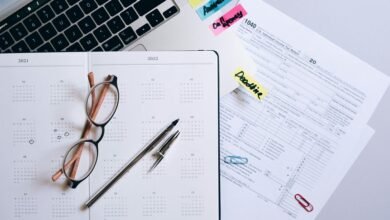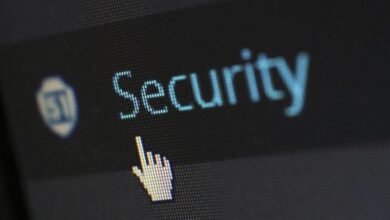Who Called Me? 3510452352 3497923858 3761939232 3792027338 3511516479 3409812268

The surge of unknown calls from numbers such as 3510452352 and 3497923858 raises concerns about their legitimacy. Many individuals receive such calls daily, prompting questions about their origins and intentions. Understanding caller ID and employing verification methods can provide clarity. However, the challenge remains: how can one effectively discern between genuine calls and potential scams? Exploring the nuances of caller identification may yield essential insights for safeguarding communication.
Understanding the Caller ID and Number Format
How does the format of caller ID impact the identification of incoming calls?
The effectiveness of caller identification relies on standardized number formats. Variations in formatting, such as including country codes or omitting leading zeros, can lead to confusion.
Accurate number formats enhance clarity, enabling users to discern legitimate calls from potential scams, thereby promoting informed decision-making in an era of increasing telecommunication freedom.
Common Reasons for Receiving Unknown Calls
The clarity provided by standardized caller ID formats can significantly influence the frequency of unknown calls individuals receive.
Common reasons for these calls include the rise of spam call trends, where automated systems target potential victims. Additionally, telemarketers often exploit loopholes in regulations.
To combat this, many individuals utilize call blocking apps, empowering them to reduce unwanted interruptions and reclaim their communication freedom.
How to Identify Legitimate Callers
In the quest to identify legitimate callers, individuals can employ several strategies to discern genuine contacts from potential fraudsters.
Utilizing caller verification methods, such as cross-referencing caller IDs, can enhance authenticity checks.
Additionally, performing a reverse phone lookup provides valuable insights into the caller’s identity, allowing users to assess whether the contact aligns with their expectations and needs, ultimately safeguarding personal communication.
Tips for Handling Unwanted Calls
Identifying legitimate callers is a vital step in managing communication, but it is equally important to have effective strategies for handling unwanted calls.
Utilizing call blocking features can significantly reduce disturbances. Additionally, practicing phone etiquette, such as not engaging with unknown numbers, empowers individuals to maintain control over their communication.
These techniques foster a sense of freedom from intrusive calls, enhancing overall personal autonomy.
Conclusion
In an age where communication resembles a vast ocean of unknown numbers, identifying legitimate calls is akin to navigating through foggy waters. Just as a seasoned sailor relies on a compass to chart a safe course, individuals must utilize caller ID verification and reverse lookup services to discern trusted contacts from potential threats. By adopting these strategies, one can steer clear of scams and maintain secure communication, ultimately transforming an unsettling experience into a more predictable and controlled journey.



